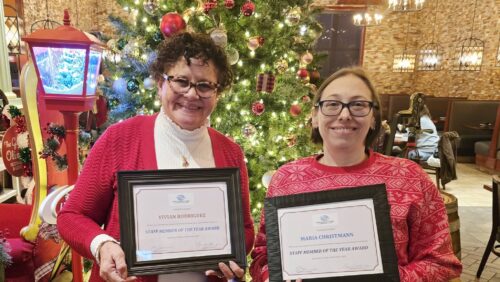Ghost Trees
Coastal environments are notably the most productive ecosystems on earth, but saltwater intrusion is inflicting ghostly effects on them locally and globally.
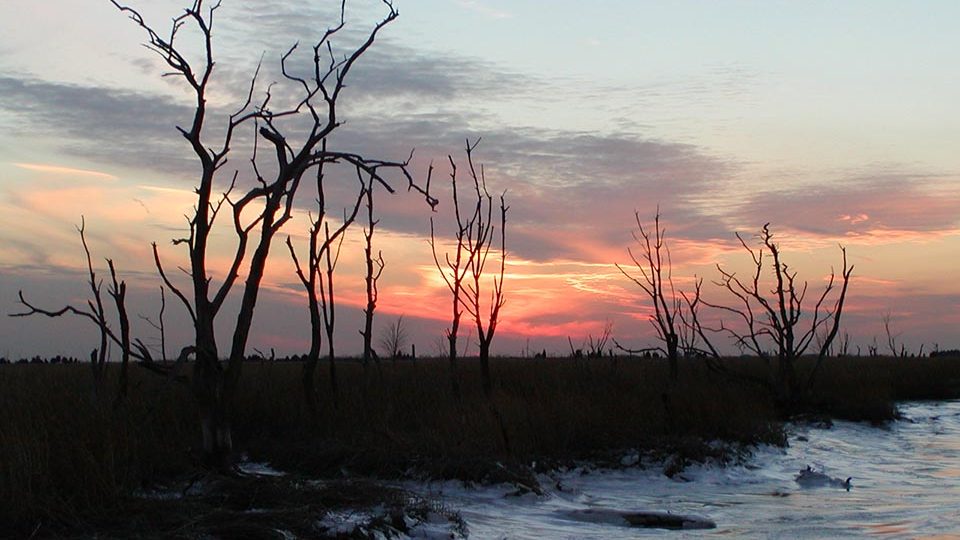
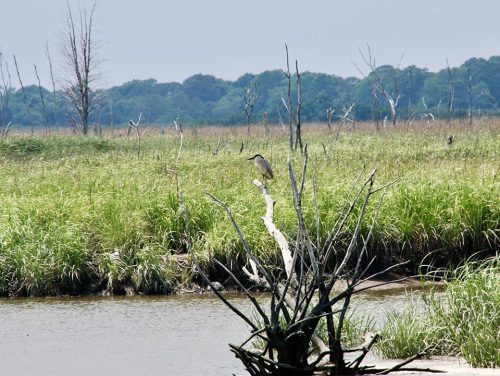
In 1964, my great uncle Richard J. Dorer wrote a book entitled Ghost Tree Speaks. He was an employee of the Minnesota Department of Natural Resources and is credited with the purchase of land in the Whitewater Valley—a valley ravaged by deforestation and then massive erosion. The initial goal was to purchase 200,000 acres of land by 2000; ultimately the forest is a 1,016,227-acre reserve! After its purchase he led the effort to plant thousands of trees on this conserved land, and he taught farmers contour farming techniques to prevent erosion on properties that were not part of the forested preserve.
Today, Richard J. Dorer Memorial Forest, much like the New Jersey Pinelands National Reserve, is partly state-owned (45,000 acres) and the rest belongs to community groups and individuals. However the Dorer forest is governed by easements as opposed to an overarching land-use management plan.
My uncle’s book is filled with poems told from the perspective of a magnificent tree that witnesses the comings and goings in a forest over many decades. Ultimately the tree is left standing charred and leafless in a desolate fire-ravaged area of Minnesota’s wilderness. The tree bemoans the carelessness that started the fire and the fact that it will not be able to provide its wood for any useful products. In the final poem, “The Ghost Tree Speaks,” the tree beckons people to guard the priceless trees, “For treasures, unsurpassed, will come from these.”
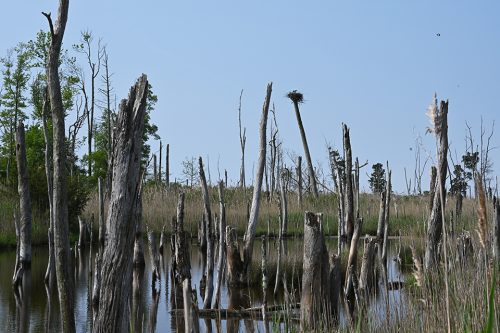
Today, I write of the “ghost trees” that make up our Bayshore. As you drive the roads to the bayfront you can see the numerous dead trees along the forest border that are being killed by the encroachment of saltwater. These are called “ghost trees” or “ghost forests.”
The electric utility company, Public Service Enterprise Group (PSE&G), began a marsh restoration program in 1994 during which I was appointed a member of the Estuary Enhancement Program (EEP). The program involved returning tidal flow to what at that time were diked salt hay farms. In all, 20,000 acres of salt marsh was to be restored to tidal access. The goal was to encourage the regrowth of native vegetation—Spartina alterniflora—in order to improve fish habitat, partly to mitigate fish loss at the company’s nuclear power plant in Salem.
When asked to serve on the EEP by then-Director of Fish and Game Bob McDowell, I was informed that his purpose in appointing me was to ensure that the public retained access to the properties for recreational (consumptive and non-consumptive) purposes.
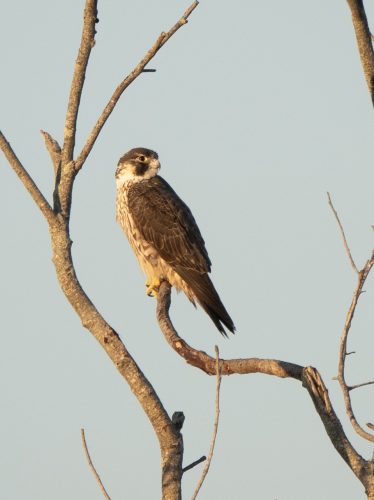
Everyone involved with the EEP recognized the valuable functions performed by these coastal environments, earning them the accolade: “the most productive ecosystems on earth.” These functions include filtering impurities from stormwater runoff, minimizing the damage of storm surges, providing shelter and food for migrating birds, serving as spawning and breeding grounds for fish and wildlife, protecting the web of life, and providing recreational opportunities and scenic values.
Some of the high marsh swamp’s trees and those that grew on the local farms were killed by encroaching saltwater; this was to be expected. There were also high marsh islands with trees that were initially spared.
Unfortunately as the sea levels have risen, the die-off continues to advance deeper into the adjacent forest and higher on islands, to places where it has never flowed with regularity before. As the forest’s edge dies off, it acts as a visual barometer of the saltwater’s advance.
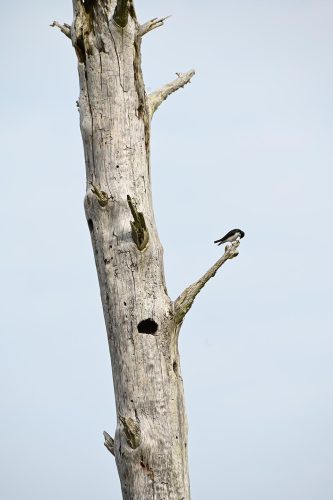
The impacts on the trees of the forest are not due to negligence on the behalf of PSE&G’s restoration program but rather to a combination of factors, including global warming/climate change and the resulting sea level rise. In New Jersey the rising waters are exacerbated by subsidence. Along with climate change, New Jersey is affected by a “geologic seesaw, where the mid-Atlantic region is subsiding, or sinking, while land to the north once covered by Ice Age glaciers rises up.” (Rutgers 2020) New Jersey out-paces sea level rise by more than double. Since the early 1900s, coastal waters have risen by 18 inches versus the global increase of 8.0 inches (Rutgers New Jersey Climate Change Resource Center).
There have been some benefits offered by the dead trees. Many raptors perch on these ghostly leafless snags because they afford an unimpeded view of the marsh plain. Ospreys are especially attracted to dead trees for nesting.
Conversely, some of the raptors that are dependent on rodents and small mammals have fallen in numbers. The higher waters are hurting their prey species, essentially drowning them out. Northern harrier numbers are down and local ornithologists hypothesize that decline in prey is the cause. In particular, marsh rodent numbers did not recover after Hurricane Sandy.
On Hansey Creek Road, tree swallows make use of holes in the trunks of the dead trees for raising their young. Woodpeckers, wood ducks, bluebirds and other cavity nesters all benefit from these skeletal structures.
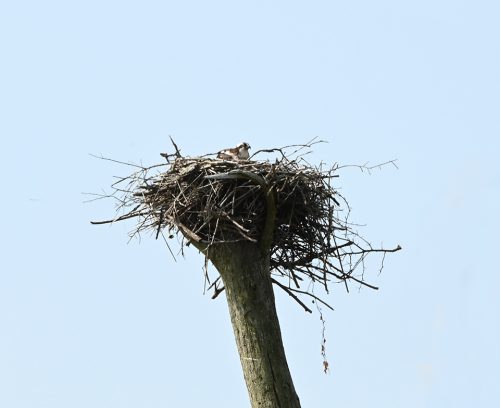
But honestly, a whole forest of dead trees is not necessary! I reflect on the last poetic lines of my uncle’s book,
“Be wise, oh man, and guard the priceless tree, / For treasures, unsurpassed, will come from these.”
He may not have foreseen climate change in 1964 but he knew of other challenges facing our woodlands, together with our need for trees and their life-giving attributes.
I think about the many disasters that have befallen trees due to global warming—and what is yet to come. In recent years our nation has seen an unprecedented number of great fires, floods, and extreme weather patterns. My uncle had the foresight to envision that the thousands of acorns, seeds, and seedlings he planted would become a great forest long after he was gone. I wonder if we have the fortitude to enact changes, lessen our carbon footprint, and implement the green energy necessary to save both the trees and ourselves. n
Sources
- The Ghost Tree Speaks, Richard J. Dorer
- Sea Level Rise in New Jersey: Projections and Impacts, Rutgers New Jersey Climate Change Resource Center, May 2020.






